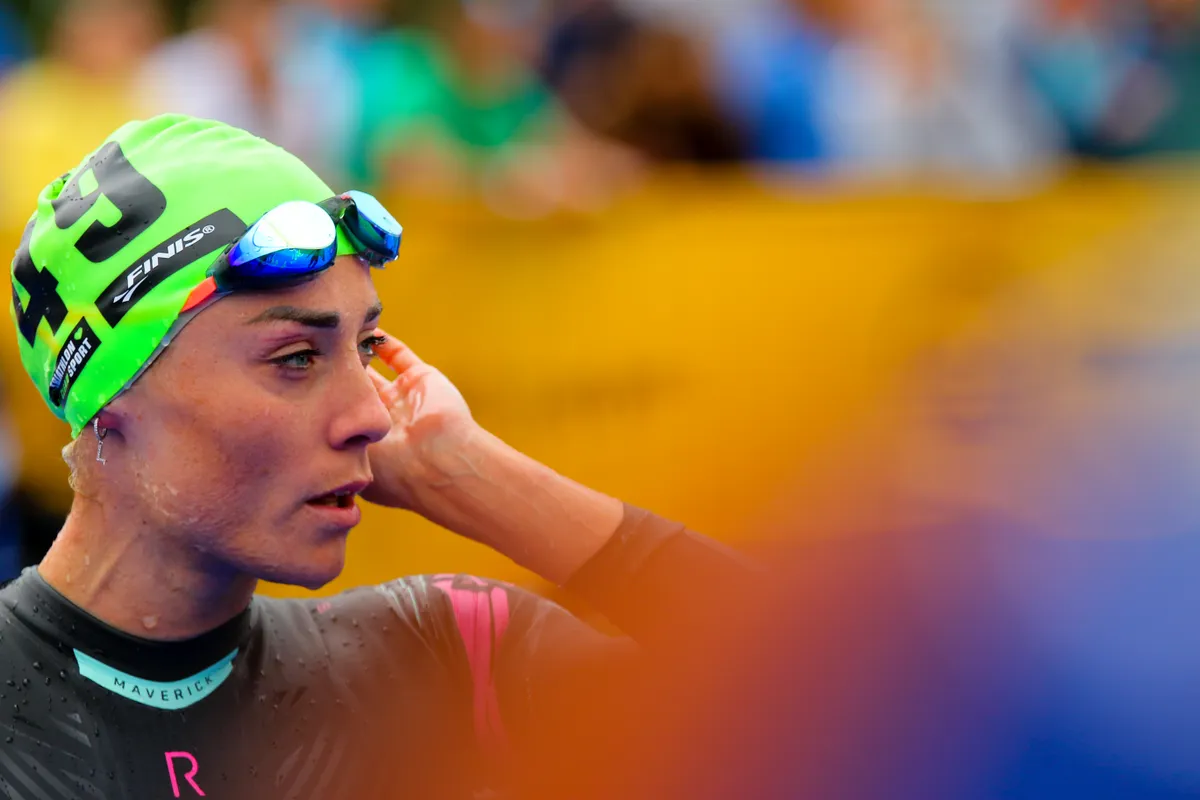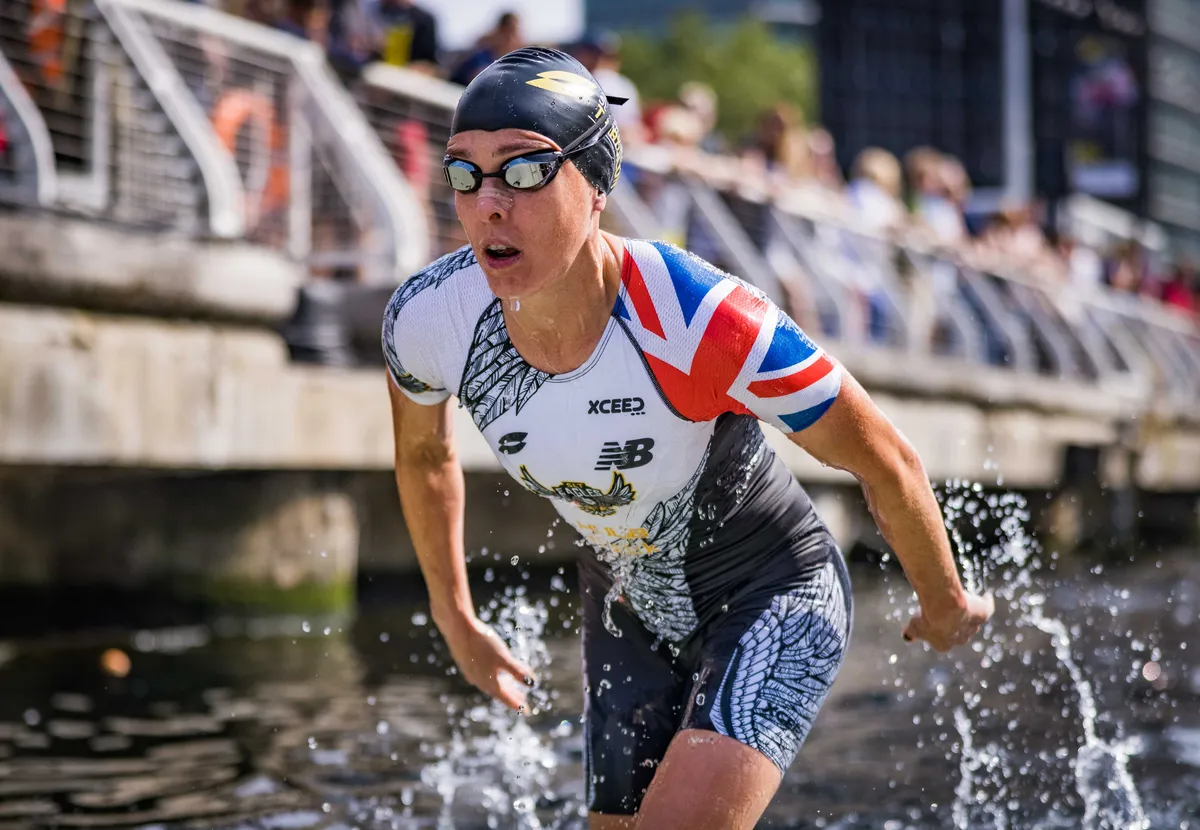Their speed in the water seems super-human, but in reality the swim prowess of triathlon's elites is all down to good technique and swim fitness.
Triathlon coach John Wood breaks down just how three of the sport's best swimmers move so fast in the water.
Lucy Charles-Barclay

Charles-Barclay has a solid background in long-distance swimming. As a result, she kicks her legs a bit more than most triathlete swimmers would do which helps her maintain her rhythm and fairly high cadence.
Being 5ft 7in, she’s not super tall and doesn’t have very long arms, so actually, moving her arms a bit quicker allows her to keep the power on and move quicker.
If her arms were longer, she’d need a huge amount of power and strength to keep her arms moving at the same rate – especially over 3.8km [an iron-distance].
Henri Schoeman

South Africa born Schoeman swam as a junior and has an ‘old fashioned’ style of technique. He reaches a little longer and relies more on smoothness and power for his speed rather than the high cadence of Charles-Barclay.
This all comes despite being the same height and weight as LC-B. His recovery is more high-elbowed, with the hand coming through closer to the body.
Under the water he gets more of a vertical forearm, all enabling a solid catch and control of the water. This requires more power from the lats to help press backward.
Jess Learmonth

Learmonth is a fraction shorter than the other two athletes here at 5ft 6in. She has a similar stroke and style to LC-B, but she swims a little flatter, with less body roll or rotation, which means she’s using her shoulders a little more on the pull.
Her arms don’t quite come up as high over the water as LC-B’s do, but with all three athletes their elbow comes forward first, before the hand.
This helps keep the arm as relaxed as possible and minimises pushing the hand forward – taking the stress and emphasis off the shoulders.
Top image credit: Jan Hetfleisch/Getty Images for Ironman
